Beecham’s Music Portfolio No. 54, ‘Death of Nelson’, 14.3x19.2 cms. 4pp. [1880s]
Crammed into four pages of print, this offers in small format both the sheet music for a popular song and as much advertising for Beecham’s pills as possible! No cover price is shown. They were perhaps distributed free: an advertisement in The Illustrated Sporting and Dramatic News in December 1887 says ‘Can you sing? Can your friend sing? If so, ask your Druggist for a Gratuitous Copy…’ If sold, they must have been remarkably cheap. ‘Presented by’ suggests that these were designed to be given as gifts to friends and family – thus spreading the Beecham brand name further.
At a time when music hall and comic opera were popular, and when pianos were ubiquitous in middle class homes as well as in pubs and halls, large format Victorian sheet music (see the British Library’s online exhibition) remained very expensive. The usual price of three or four shillings per song was way beyond what most working people could afford. The success of Beecham’s Music Portfolio in reaching a wider audience can be gauged by the rapidity with which the series grew. Single songs were soon cumulated into volumes, each containing thirty songs, which sold at 2d. (or 3d. by post). The format remained the same as the single songs, carried a similar illustration of female pianist and male singer, and (of course) the plug for Beecham’s pills.
Perhaps the earlier single-song series was given away as a loss-leader and quickly gave way to the more profitable volume collections, since few of the single ones seem to survive and I have seen none beyond number 61. Interestingly, their covers emphasized their legality: ‘May be sung ANYWHERE without permission’ and ‘Copyright edition’. The copyright Act of 1842 gave copyright to the author for life plus 7 years or 42 years, whichever was longer. Certainly in the case of ‘The Death of Nelson’ the song was out of copyright. Its composer, the famous tenor John Braham, died in 1856 and this – his most famous song – was first performed in 1811. By the time Vol. 7 was issued, the total of songs published by Beecham’s had reached two hundred and ten; by 1895 the series had grown to reach Vol. 20, or around three hundred songs.
As the series grew, the supply of old favourites free of copyright presumably ran dry. A copy for sale online of Vols. 17, 18, 19 and 20 bound up together boasts ‘a collection of one hundred and twenty old gems, or striking new compositions, which have been published during the last eight years’. By then, presumably Beecham’s were having to pay for the ‘striking new compositions’ which were now necessary to swell the volumes and attract customers. Volume 7, for example, mixes such new songs as ‘After the Ball’ (1891) and ‘Two Little Girls in Blue’ (1893) with traditional songs such as ‘Jessie the Flower o’Dunblane’ and even marches by Wagner. These tuppenny volumes stress the bargain price, with ‘Retailed under cost price’ on the cover. Unsurprisingly these more substantial volume collections, consisting of sixty four pages between paper covers, have survived in far greater numbers than the earlier single song-sheets like ‘Death of Nelson’ and ‘Rory O’More’.
Were Beecham’s the first to publish cheap sheet music on this scale? The founder, Thomas Beecham (1820-1907) was followed in the business by his son, (later Sir) Joseph (1848-1916) who boosted the company’s advertising in new (and, it was objected, vulgar) ways. By 1890 the Beecham advertising budget was almost £110,000 and his nose for publicity led to massive sales and expansion. Beecham’s Music Portfolio was presumably part of this novel advertising and it accompanied the company’s expansion into America. The U.S. series of the Portfolio began in 1900, this time with a ‘beauty’ portrait on the cover replacing the respectable couple at the piano. The first song issued, ‘Tom Bowling’, was – like Braham’s ‘Death of Nelson’ – a favourite old patriotic song, written by Braham’s contemporary Charles Dibdin. ‘Tom Bowling’ is still performed as part of the sea songs medley at the Last Night of the Proms.
The combination here of music and the firm of Beecham’s could well be more than simple coincidence. Sir Joseph’s son was the conductor Thomas Beecham (1879-1961). From 1910, after a period of estrangement, Joseph subsidized his son’s musical career, going so far as to buy the Covent Garden estate from the Duke of Bedford in order to acquire the Covent Garden and Drury Lane theatres for him. Thomas himself and the development of musical theatre, opera and orchestras in England owed much to the wealth of the Beecham’s company built by Sir Joseph and his successful (and, in this case, musical) advertising wheezes.




